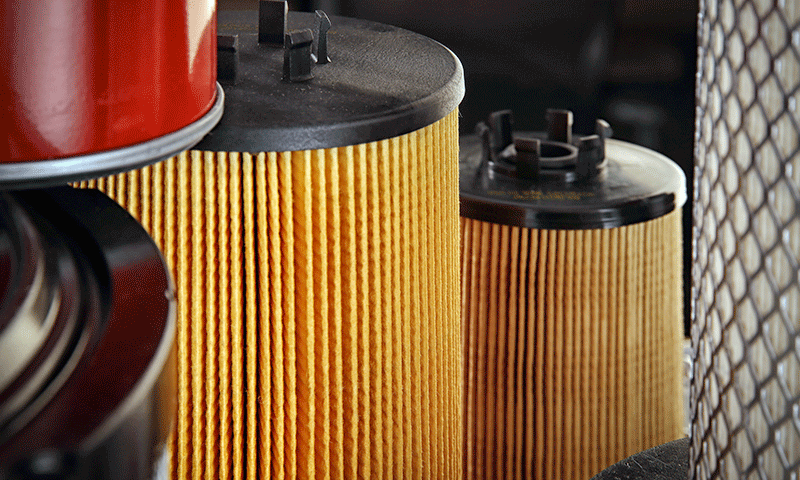
Melt blown bonding is becoming increasingly used in filter media assembly applications. Get in the know on why this is the case and how melt blown adhesives can offer you distinct advantages.

What is Melt Blowing? Melt blowing extrudes molten polymer resins with high velocity air. The air is then heated and enables the resins to form fine fibers. This means they collect onto a screen, creating a nonwoven adhesive web that offers the following properties:
- High surface area
- Smooth surface texture
- Continuous fibers in length
- Randomized fiber layer
- High opaqueness
- Enhanced filtration efficiency
- High porosity
- High dirt holding capacity
- Melt blown adhesives do not deeply penetrate the filter media, which would otherwise impact efficiency.
- Melt blown adhesives' randomized fiber layer enables it to be highly porous.
